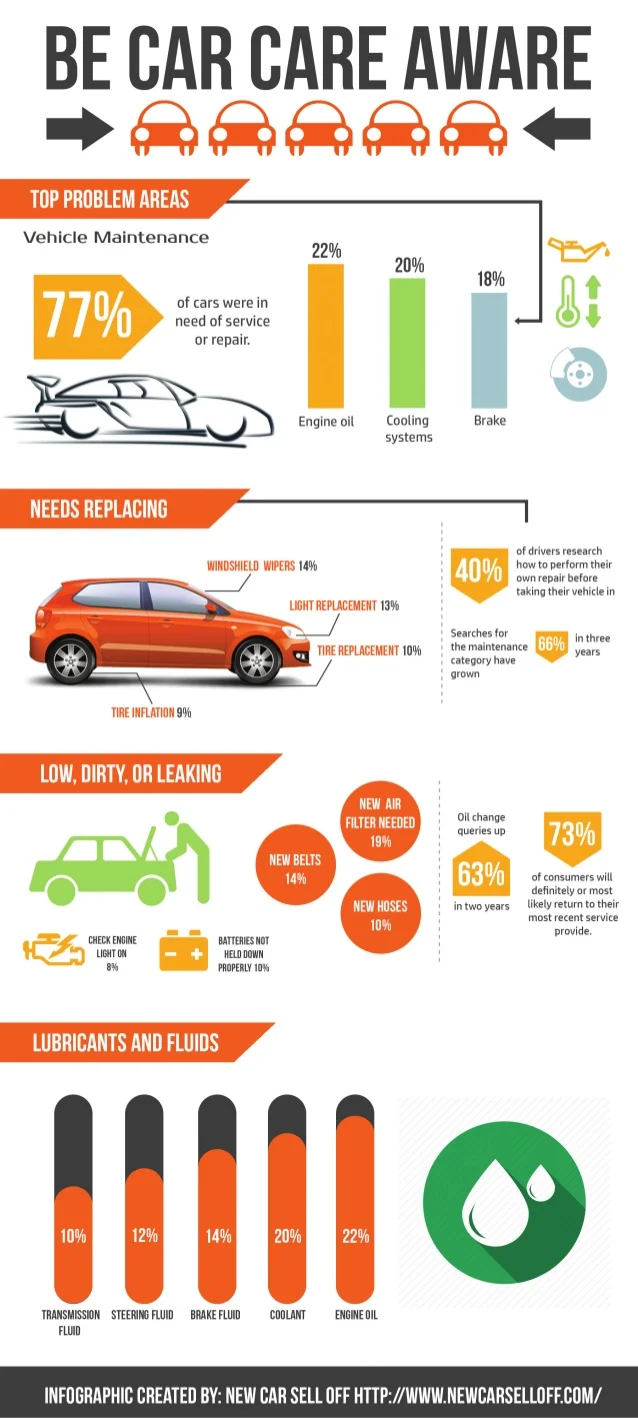Looking For Quality On The Warning Lights Showed On Your Automobile'S Dashboard? Find Out How They Associate With Your Automobile'S Health And Wellness
Looking For Quality On The Warning Lights Showed On Your Automobile'S Dashboard? Find Out How They Associate With Your Automobile'S Health And Wellness
Blog Article
Staff Author-Termansen Winters
When you're behind the wheel, those glowing caution lights on your control panel can be a little bit perplexing. Do you understand what they're trying to tell you concerning your cars and truck's health and wellness? Recognizing the relevance of these lights is vital for your security and the durability of your vehicle. So, ceramic vehicle coating of those lights pops up, wouldn't you intend to decode its message properly and take the necessary steps to address it?
Common Warning Lighting and Interpretations
Identify usual warning lights in your car and recognize their significances to guarantee secure driving.
The most regular caution lights include the check engine light, which signifies problems with the engine or exhausts system. If https://brakepadsandrotors62839.azzablog.com/32241949/learn-just-how-environmentally-friendly-car-outlining-items-can-elevate-your-lorry-s-luster-while-safeguarding-the-earth-find-the-lasting-alternatives-awaiting-you comes on, it's essential to have your vehicle checked quickly.
The oil stress alerting light shows reduced oil stress, needing immediate interest to prevent engine damage.
cardetailersauckland flashing battery light could recommend a faulty billing system, potentially leaving you stranded otherwise attended to.
The tire pressure surveillance system (TPMS) light notifies you to reduced tire stress, influencing automobile security and gas effectiveness. Ignoring https://ecuremappingnearme73950.webbuzzfeed.com/32655587/just-how-mobile-auto-describing-services-can-conserve-you-money-and-time could result in unsafe driving conditions.
The ABS light shows an issue with the anti-lock braking system, endangering your capacity to stop rapidly in emergencies.
Finally, the coolant temperature level cautioning light warns of engine overheating, which can cause severe damages if not fixed swiftly.
Comprehending these usual caution lights will assist you deal with concerns promptly and maintain safe driving problems.
Value of Prompt Focus
Comprehending the common caution lights in your car is only the very first step; the significance of without delay addressing these warnings can't be highlighted sufficient to ensure your security when traveling.
When a warning light brightens on your dashboard, it's your auto's means of communicating a prospective issue that requires attention. Disregarding these cautions can cause a lot more extreme issues down the road, compromising your security and possibly costing you more in repairs.
Trigger focus to advising lights can avoid failures and mishaps. For instance, a blinking check engine light can indicate a misfire that, if left unattended, could create damages to the catalytic converter. Resolving this promptly can conserve you from a pricey fixing.
Similarly, a brake system cautioning light may indicate reduced brake liquid or used brake pads, crucial parts for your safety and security when driving.
DIY Troubleshooting Tips
If you observe a caution light on your control panel, there are a few do it yourself repairing tips you can try prior to seeking professional aid.
The first step is to consult your car's manual to recognize what the specific caution light indicates. Sometimes the problem can be as straightforward as a loosened gas cap setting off the check engine light. Tightening up the gas cap might settle the trouble.
Another usual problem is a reduced battery, which can trigger numerous cautioning lights. Examining the battery connections for corrosion and guaranteeing they're secure could repair the problem.
If a warning light lingers, you can try resetting it by detaching the vehicle's battery for a couple of mins and afterwards reconnecting it. Additionally, examining your automobile's liquid levels, such as oil, coolant, and brake fluid, can aid troubleshoot alerting lights connected to these systems.
Conclusion
To conclude, comprehending your cars and truck's warning lights is essential for maintaining your car running smoothly and securely. By immediately attending to these alerts and recognizing what they imply, you can prevent pricey repair work and prospective failures.
Bear in mind to consult your car's guidebook for specific details on each advising light and take action as necessary to guarantee a hassle-free driving experience.
Stay informed, stay risk-free when traveling!
